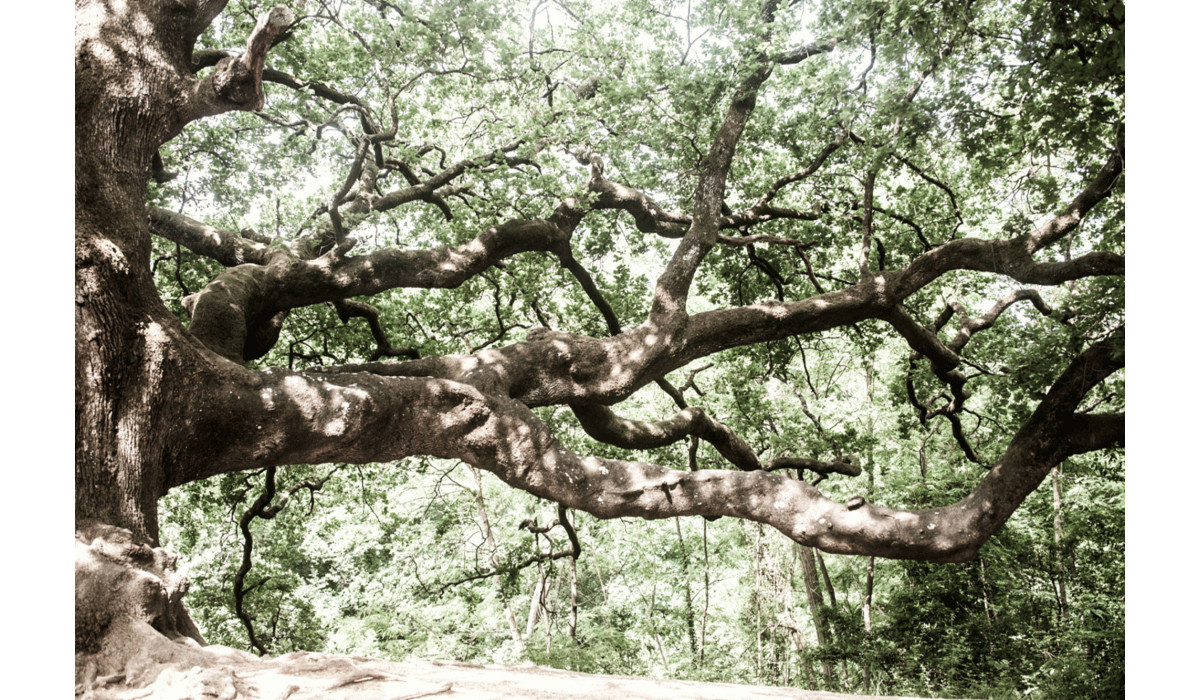Working with nature: colors

For a shoe to fully fit into the philosophy of circular design, it must be made with recyclable materials at the end of their life cycle. Only in this way can we help reduce waste to a minimum, lowering our environmental impact. The leather is tanned with vegetable tannins, organic materials, production techniques that do not undermine the balance of our planet and natural colors. The latest dyeing techniques use synthetic dyes or artificial colorings that have a significant negative impact on the environment, determined by their toxicity and their non-biodegradability. Silvano Sassetti, who has always embraced a slow philosophy with a low environmental impact, chooses tradition instead.

Natural dyeing is an ancient process that dates back to the Phoenician era, in perfect harmony with the rhythm of the environment, and gives value to craftsmanship and knowledge. For this reason, the shoes are dyed with natural dyes produced using natural raw materials, such as herbs, flowers and dyeing plants collected, dried, ground and then transformed with aqueous extractions into dyes. The finest shades of yellow come to life from the reseda and mimosa. Oak and walnut husk give us brown. Red is obtained from the Robbia root, harvested in autumn. Splendid yellow-gold and green tones are obtained from the pressing of the pomegranate peel. We get blue from ford leaf, and from the sumac, brown, violet and black tones. Vegetable dyes are today an ethical choice. And they provide an important answer in terms of environmental sustainability, renewability of raw materials and respect for humans.
